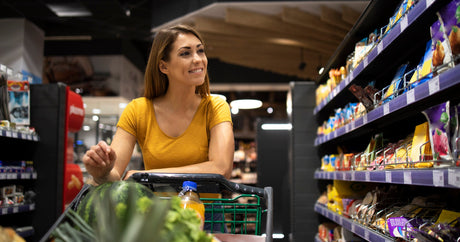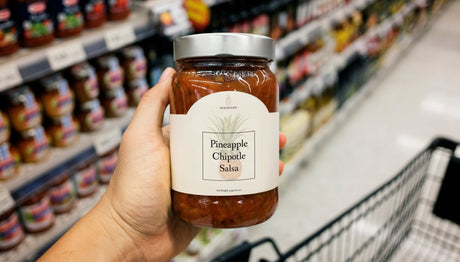As we move further into the 21st century, the food packaging industry continues to evolve rapidly. Driven by consumer demand, regulatory changes, and technological advancements, the landscape of food packaging is set to undergo significant transformations in 2024. In this blog, we will explore the top trends shaping the future of food packaging, supported by data and statistics to highlight the impact and importance of these changes.
1. Sustainable and Eco-Friendly Packaging
The Rise of Sustainable Materials
Sustainability is no longer a niche concern but a mainstream demand. According to a survey by Trivium Packaging in 2021, 74% of consumers are willing to pay more for sustainable packaging. This shift is pushing manufacturers to innovate and adopt eco-friendly materials such as biodegradable plastics, compostable films, and plant-based packaging.
- The global market for biodegradable plastics is projected to grow from $1.1 billion in 2020 to $1.8 billion by 2025, at a CAGR of 10.4% .
- A 2020 survey by McKinsey & Company found that 55% of respondents consider sustainability when purchasing packaged goods .
2. Smart Packaging Solutions
Enhanced Consumer Interaction
Smart packaging, which includes QR codes, NFC tags, and augmented reality (AR) features, is becoming more prevalent. These technologies allow consumers to access product information, track the supply chain, and even experience interactive content. This trend not only enhances the consumer experience but also helps brands build trust and transparency.
- The smart packaging market is expected to reach $23.7 billion by 2026, growing at a CAGR of 5.0% from 2021 .
- A study by Packaging Digest in 2022 revealed that 58% of consumers are interested in scanning QR codes on packaging for additional product information .
3. Minimalist and Functional Designs
Less is More
Minimalist packaging designs that use fewer materials and focus on functionality are gaining popularity. This trend is driven by both environmental concerns and a desire for simplicity. Packaging that is easy to open, resealable, and recyclable is becoming the standard.
- A 2021 report by GlobalData found that 41% of consumers prefer products with minimalist packaging designs that convey simplicity and sustainability .
- The demand for resealable packaging is expected to grow at a CAGR of 7.1% from 2020 to 2025.
4. Personalized Packaging
Catering to Individual Preferences
Personalization in packaging is another significant trend. Brands are leveraging data analytics to create packaging that caters to individual consumer preferences. Personalized packaging can include custom labels, names, and even tailored product recommendations.
- According to Deloitte, personalized packaging can increase consumer spending by up to 20% .
- In a 2021 survey by Packaging Europe, 45% of consumers said they are more likely to purchase products with personalized packaging .
5. Regulatory Compliance and Safety
Adapting to New Regulations
With increasing regulations on single-use plastics and non-recyclable materials, companies are adapting their packaging to comply with new standards. For example, Canada's recent ban on certain single-use plastics has pushed businesses to find alternative packaging solutions.
- The global market for compliance packaging is expected to reach $134.3 billion by 2026, growing at a CAGR of 6.5%.
- A 2021 report by the Ellen MacArthur Foundation found that 85% of companies are actively seeking to redesign their packaging to meet regulatory requirements.
The future of food packaging is set to be more sustainable, smart, minimalist, personalized, and compliant with regulations. As consumer preferences shift and technological advancements continue, businesses must stay ahead of these trends to remain competitive and meet the growing demand for innovative packaging solutions. By adopting these trends, companies can not only enhance their brand image but also contribute to a more sustainable and efficient packaging ecosystem.
Sources:
Biodegradable Plastics Market by Type: Markets and Markets





